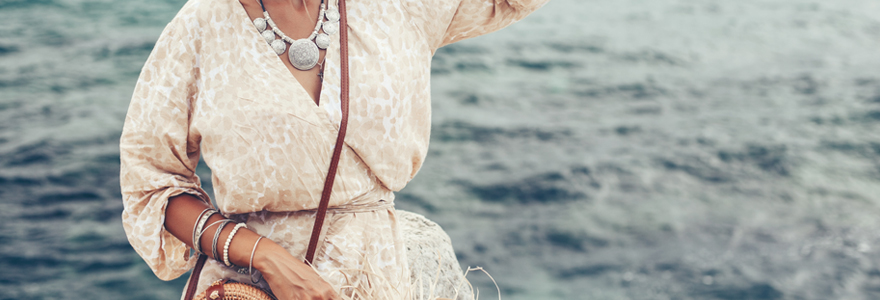The luxury industry is a constantly growing market that focuses on the production and supply of products that are not essential. However, the products are still pleasant and satisfying to possess. Most of the time, the products are associated with the upper social class. Examples of companies in the luxury industry are clothing companies, makeup, and shoes as well. On the other hand, sustainability focuses on meeting the needs of the present without compromising the future generation's ability to meet their needs as well. Sustainability affects luxury industry in more ways than one. Below are a few ways in which sustainability and luxury industry relate;
Demand and supply
Sustainability significantly influences the luxury industry. For years, companies in the luxury industry, like makeup and clothing brands, have detached themselves from sustainability. However, with the entire globe becoming more aware of the concept of sustainability and more companies recognizing its need, the luxury industry has been left without an option. Following the numerous protests by different organizations, the fashion industry was forced to become more aware of its impacts on the environment. The protests resulted in more than two dozen companies in the luxury industry, signing a fashion pact. The pact promises that the companies will place more emphasis on sustainability in their operations. By doing so, several companies in the luxury industry have found that through sustainability, the company can sustain its supply for a long time to come. They can, therefore, meet the needs of their present and future clients even when they increase as the years pass. This is a pro for the companies in this sector because research shows that future generations are likely to demand more from the industry than the current ones.
Expenditure
The expenditure of companies in the luxury industry has been significantly influenced by sustainability. To start with, these companies have been able to cut down on their expenditure on raw materials. For instance, for a while now, companies in the industry have made it a habit to use old donated clothing to make bags and products. The companies are also making a point to recycle old clothing and bags instead of disposing of them. By doing so, the companies are reducing their costs while at the same time minimizing waste. By doing so, the companies have learned to make the most of the least resources.
Growth of the vintage market
The fashion industry is one of the most unpredictable ones in the world. The saying out with the old and in with the new does not apply in this sector. The sector has seen the public becoming more interested in old products that have been dubbed vintage. The products tend to sell for much more than their new counterparts. The companies are, therefore, embracing sustainability by restoring old products and selling them as vintage products. By doing so, the companies are reducing the amount of money spent on raw materials and production while at the same time protecting the environment from too many wastes.
Upcycling
Consumers in the luxury industry prefer if new collections had some old items, especially in terms of fabric. The term dead stock has become popular thanks to companies that use old raw materials and products in the production of new collections. Companies are also using old cashmere and wool products in the manufacture of new products like sweaters. The industry seemingly has embraced recycling and upcycling as part of their culture. The luxury industry has, for years, been separated from the rest of the economy's sustainability efforts. The industry is, however, currently trying to adopt sustainability trends to ensure their continued existence in the years to come.
